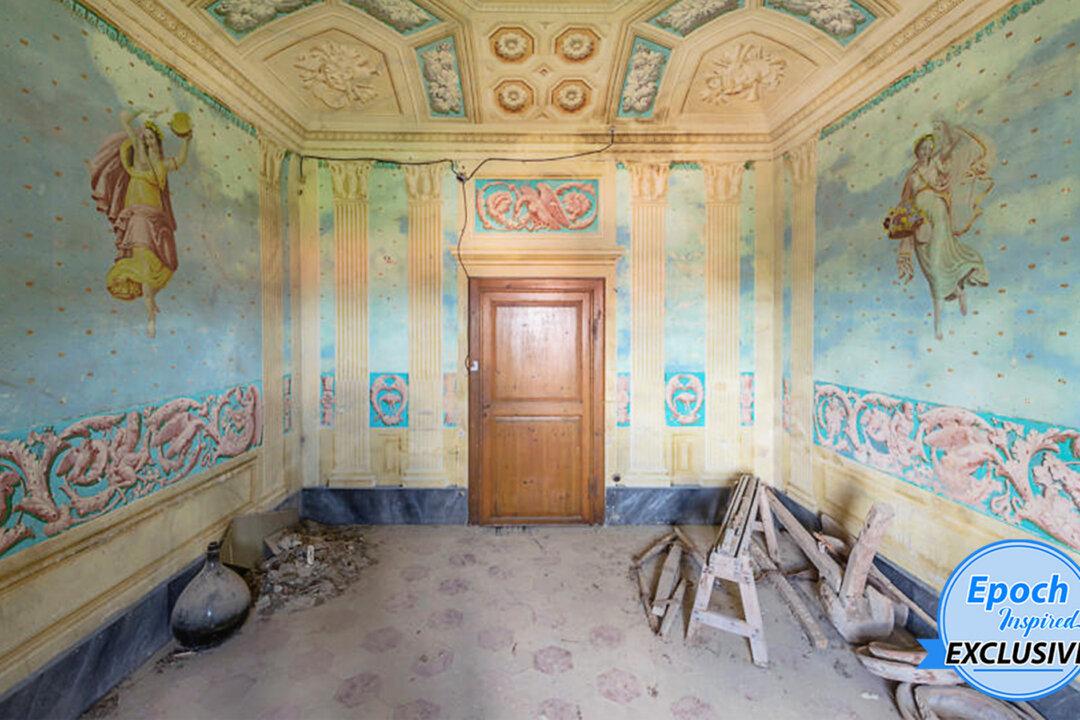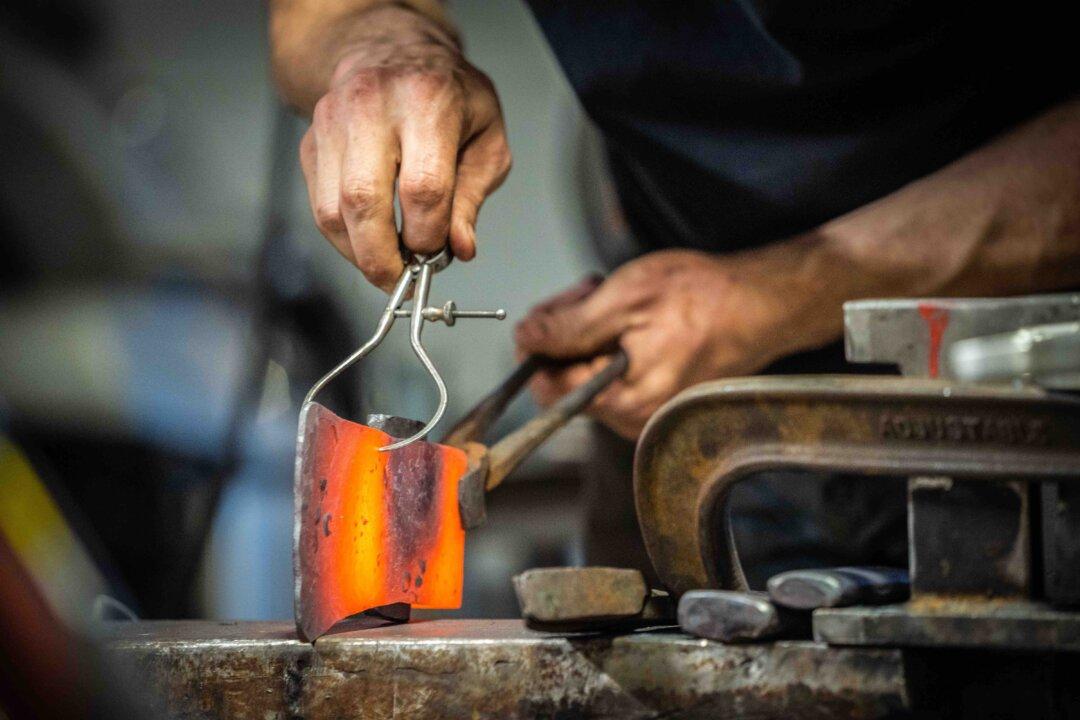Photographer Romain Veillon’s collection of mural paintings found in derelict buildings is both beautiful and poignant. The 38-year-old Frenchman loves to travel the globe exploring his niche: abandoned heritage.
If you ask him where the properties housing these fantastically painted scenes are though, he’ll tell you it’s a secret.






